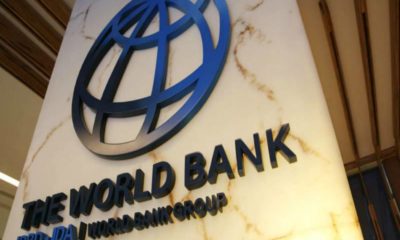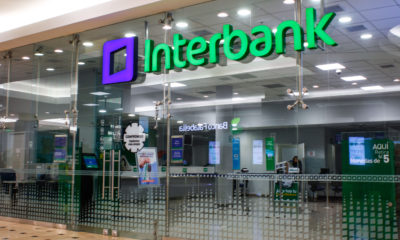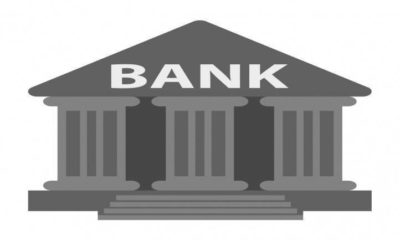Nigerian banks are facing an unprecedented reliance on the Central Bank of Nigeria (CBN) for liquidity, as their borrowings from the apex bank soar to alarming levels.
According to data obtained, within the first half of 2023 (H1 2023) ending last weekend, the banks borrowed a staggering N10.35 trillion from the CBN’s Standing Lending Facility (SLF), reflecting a jaw-dropping 140% year-on-year rise compared to the corresponding period in 2022 (H1 2022) with borrowings amounting to N4.3 trillion.
The data paints a worrisome picture, with borrowing in the first quarter of 2023 alone surpassing the total borrowings for the entire H1 of 2022.
The first quarter figure stood at N4.95 trillion, indicating a significant surge in reliance on the CBN.
The trend continued its upward trajectory, with subsequent borrowing pushing the dependence by 5.05% to reach N5.4 trillion in the second quarter of 2023 (Q2 2023).
Compounding the concerns, the data also reveals a troubling deterioration in banks’ deposits in the CBN’s Standing Deposit Facility (SDF). In Q2 2023, these deposits witnessed a 2.0% decline, falling to N898.25 billion from N1.36 trillion in Q1 2023. However, when examining the combined impact of both quarters in H1 2023, there was a notable 34% increase in the banks’ SDF balances with the CBN.
The surge in banks’ borrowings from the SLF underscores the persistent rise in currency held outside the banking system and currency in circulation (CIC) within the broader economy.
The CBN’s previous measures to redesign the currency landscape between Q4 2022 and Q1 2023 initially injected liquidity into the banks, resulting in a significant boost to their liquidity levels. However, this liquidity movement witnessed a reversal after the suspension of the policy in Q1 2023.
In May 2023, during the 291st Meeting of the Monetary Policy Committee (MPC) and in line with the CBN Communique No. 148, Mrs. Aishah Ahmad, an MPC member, sought to reassure the public regarding the soundness of the banking industry.
She highlighted that as of April 2023, the industry’s key indicators remained robust, including a capital adequacy ratio of 12.8%, a decrease in the non-performing loans ratio to 4.4% (compared to 5.3% in April 2022), and a liquidity ratio of 45.3% that surpassed the minimum requirement of 30.0%.
Additionally, credit to the real sector continued its upward trajectory.
Mrs. Ahmad emphasized the need for banks to build adequate capital buffers, highlighting the ongoing implementation of the Basel III capital standards as essential in this regard. These standards prescribe additional capital buffers to fortify the sector’s solvency and liquidity positions, enabling it to withstand potential shocks in the short to medium term.
The increasing reliance of Nigerian banks on the CBN for liquidity raises concerns about the overall health of the banking sector and the sustainability of this trend. As the authorities navigate these challenges, ensuring the sector’s stability and promoting a robust financial system remain crucial priorities.















